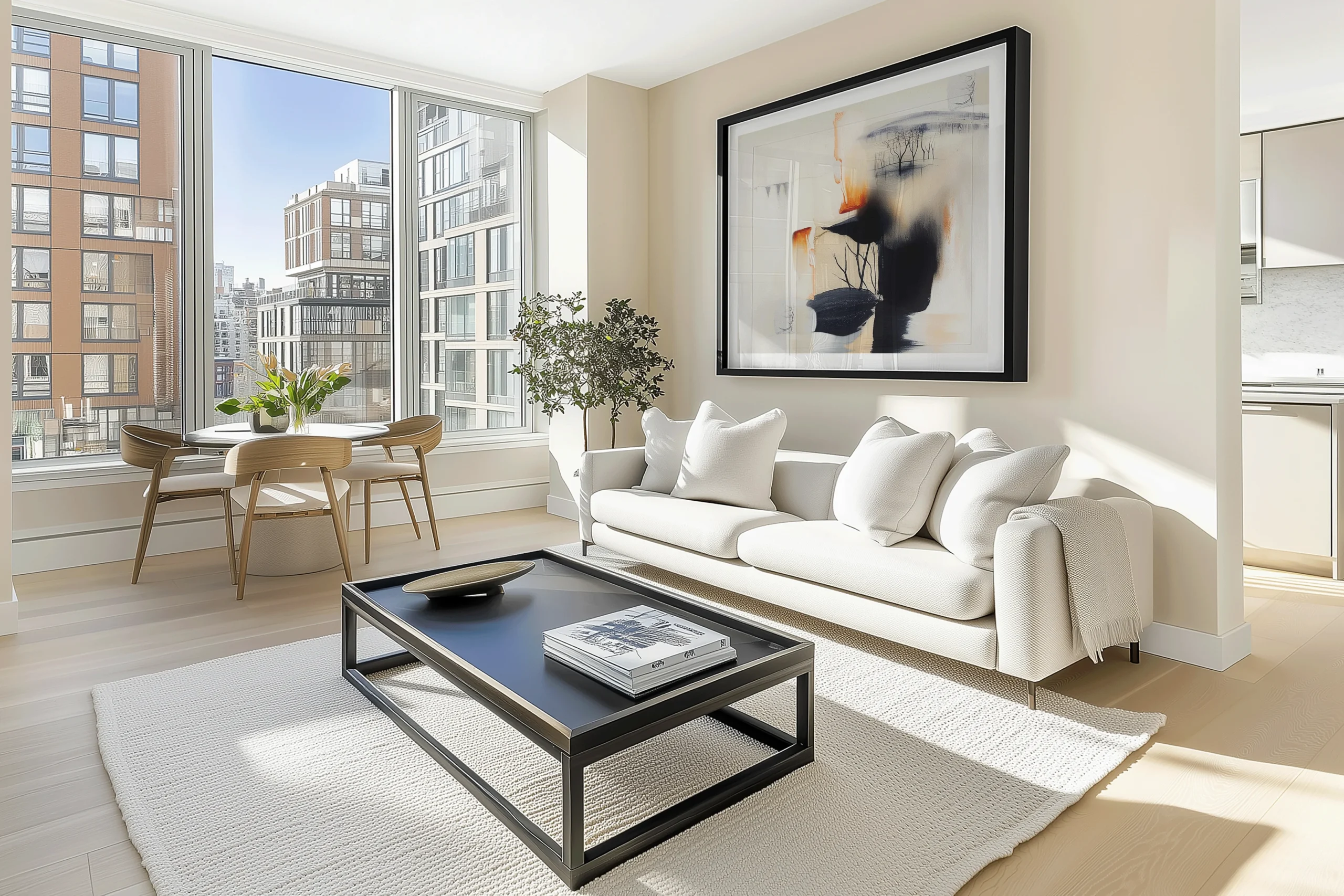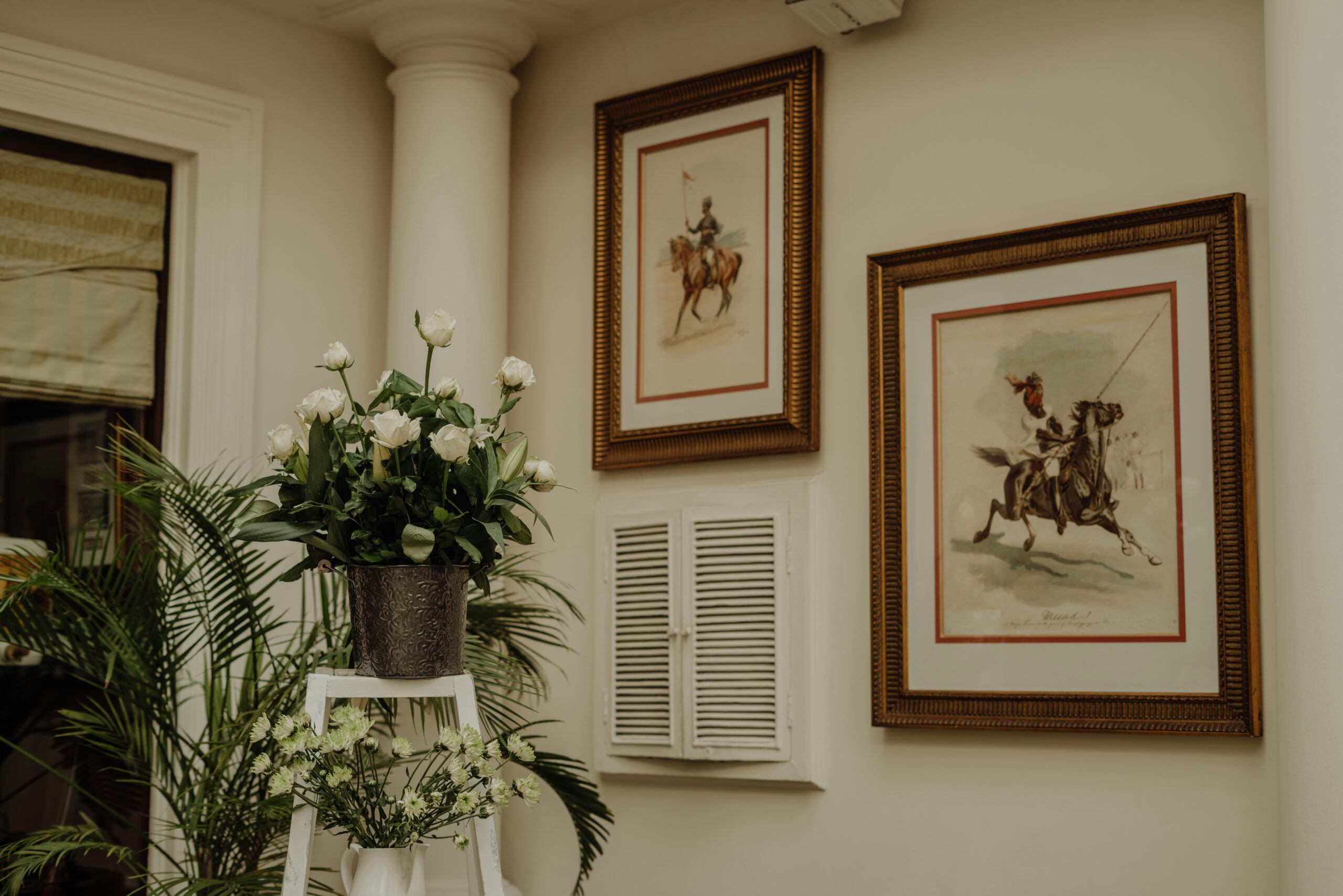Hunting for wall art can feel overwhelming—so many styles, sizes, and colors. The right piece, however, can set the tone of a room, tie finishes together, and broadcast your personality in a single glance. Use this straightforward guide to find canvas wall art that fits your space, your mood, and your budget.
Key takeaways
- Match style and mood: Let your room’s vibe (modern, traditional, eclectic) and the feeling you want (calm or energetic) steer your picks.
- Choose per room: Bold statements for living rooms, serene pieces for bedrooms, welcoming visuals for dining spaces.
- Size with intention: Big wall = big art; small wall = modest works or a balanced gallery layout.
- Mix with a plan: Combine sizes and styles, but keep frames or palette consistent for cohesion.
- Buy quality: Well-made canvases and fine-art prints elevate the whole room and last longer.
Setting the stage: know your look
Before you click “add to cart,” take inventory. What’s the prevailing style—clean and contemporary, classic and layered, or something in between? Which colors and textures repeat in furniture and textiles? Noting these cues narrows the field and ensures the art complements the room instead of fighting it.
How to pick an art style
Start with mood. If you want calm, gravitate toward nature scenes, soft abstracts, or minimal compositions in quiet hues. If you want energy, lean into bold abstracts, graphic shapes, or vibrant photography. Let your architecture help, too: sleek spaces embrace modern gestures; character homes often sing with botanicals, landscapes, or vintage-inspired work.
- Color strategy: Neutral room? Your art can supply the punch. Already colorful furnishings? Choose simplified palettes to balance the scene.
- Modern vibe: Geometrics, bold color-blocking, and gestural abstracts read crisp and intentional.
- Vintage/organic vibe: Botanicals, landscapes, or textured pieces add warmth and history.
Understanding your space
Room size, ceiling height, natural light, and focal points all matter. Large works can overwhelm tiny nooks; tiny prints vanish on a massive wall. Observe where your eye naturally lands—above the sofa, the bed, or a console—and build around that anchor.
Read the room’s palette
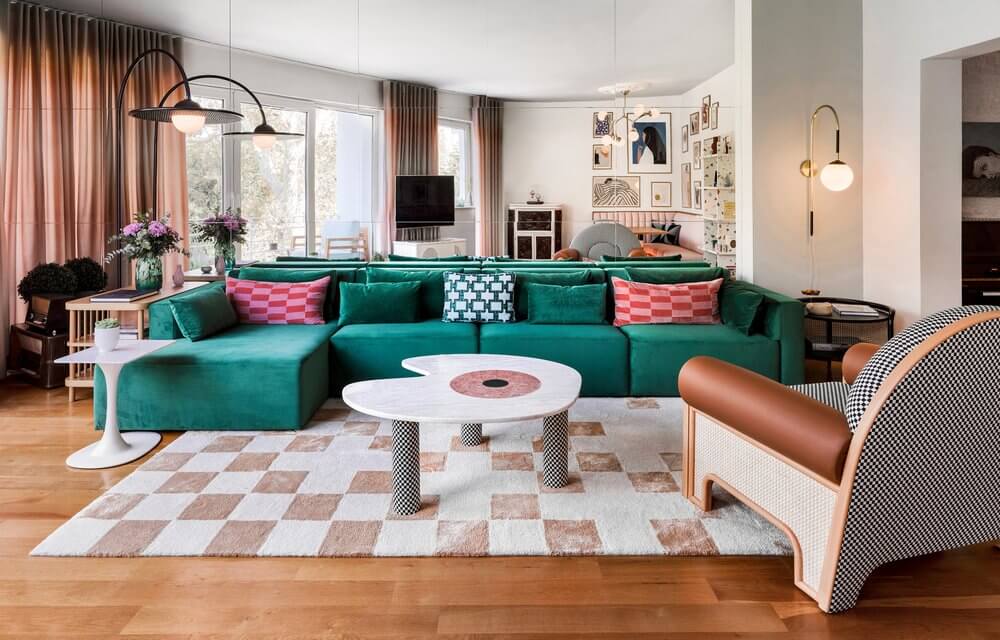
Audit the dominant tones and materials. Echo 2–3 colors from rugs or pillows in your artwork for easy cohesion, or use art to introduce a single accent hue and repeat it lightly elsewhere. If your walls and sofa are quiet neutrals, your canvas can safely go bolder.
How to choose wall art (every room)
- Personal taste first: Pick what you love—you’ll live with it every day.
- Room size: Larger rooms handle larger single canvases; smaller rooms thrive on scaled pieces or tightly curated groupings.
- Function: Relaxation zones benefit from softer imagery; lively spaces welcome color and movement.
- Hanging basics: Aim the artwork’s visual center around 57 in/145 cm from the floor; keep 6–8 in/15–20 cm above furniture.
Pro tip: Let art lead your scheme. Choose a piece you love, then pull two or three tones from it for pillows and throws. For scale-specific, ready-to-hang options sized to your wall, explore curated selections at tryartwork.com.
Living room

This is your showpiece zone. One oversized canvas above the sofa creates a confident focal point; in smaller rooms, a balanced triptych or gallery grid works well.
- Contrast: Neutral furnishings pair beautifully with color-forward art; bold upholstery prefers calmer imagery.
- Conversation-worthy: Abstracts, photography, or graphic works spark dialogue without crowding the space.
Bedroom
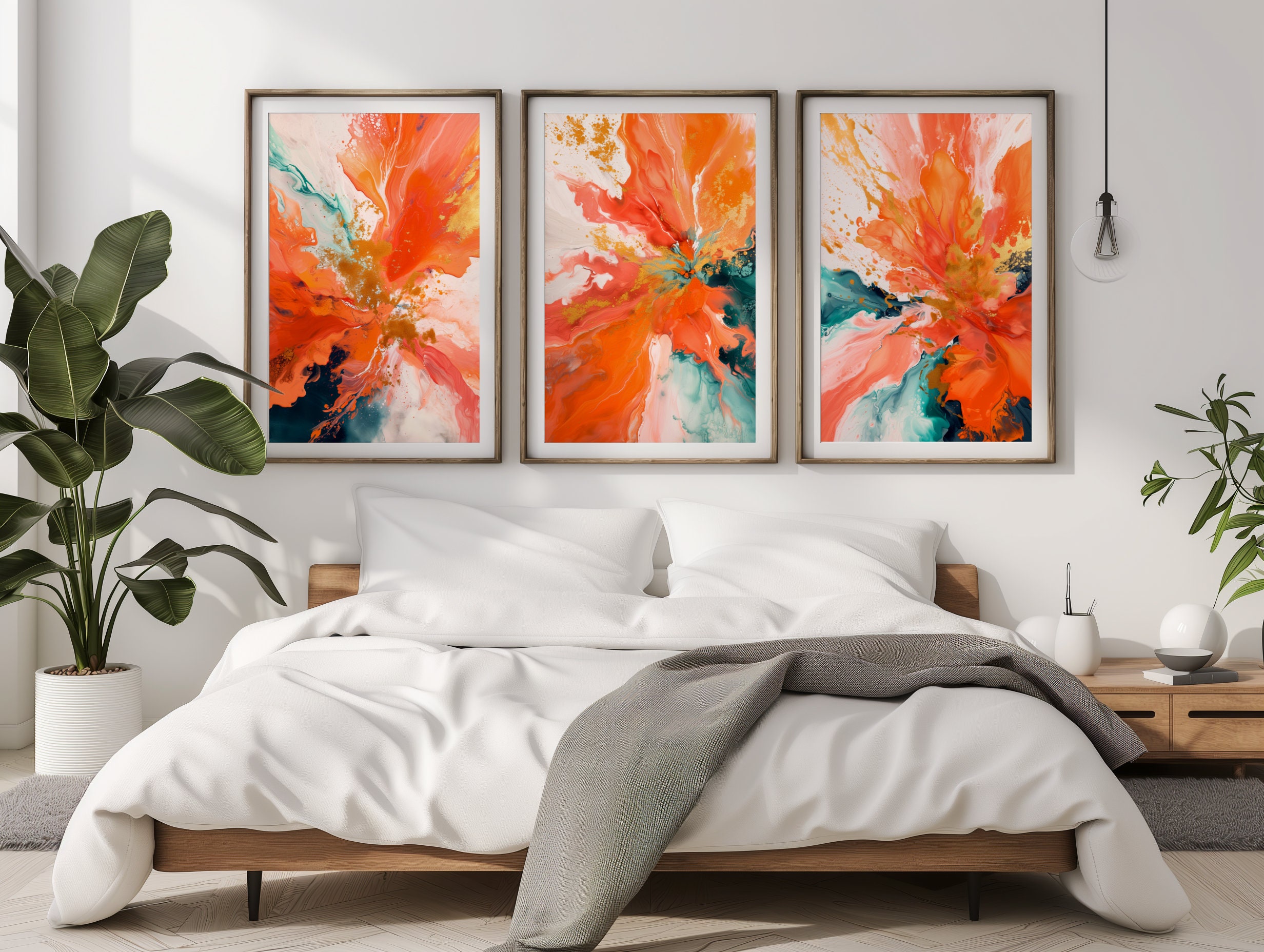
Prioritize serenity. The wall over the headboard is prime real estate for soothing abstracts, landscapes, or minimal forms in softened palettes.
- Keep it simple: If bedding is patterned, choose restrained art; if bedding is plain, you can push color a bit.
- Framed or canvas: Frames add polish; canvas wraps feel relaxed—pick the finish that suits your vibe.
Dining room
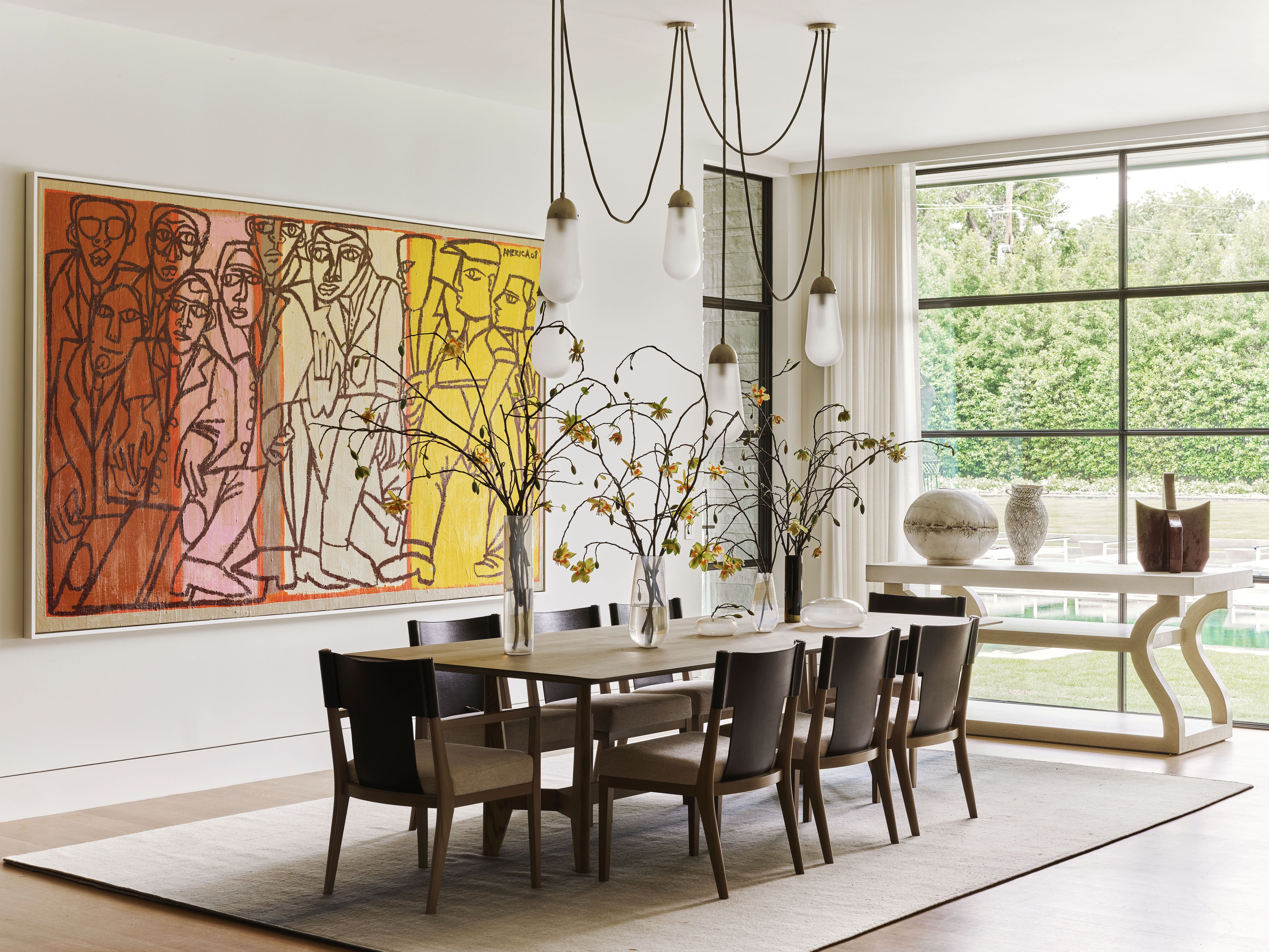
Art here sets the tone for gatherings—welcoming, elegant, or playful. Still lifes, botanicals, or expressive abstracts all work, depending on the mood you want.
- Placement: Above a buffet/sideboard is classic; maintain a clean visual line with proportionate scale.
- Balance: Ensure the opposite wall supports (not competes with) your focal piece.
Large walls
Go big with a single statement canvas or create a gallery with consistent spacing and a unified palette or frame style. Keep one element (color family, subject, or frame) consistent so the wall reads as one composition.
Creating a gallery wall
- Unify: Choose a theme (color, subject, frame finish) to keep the collection cohesive.
- Vary: Mix sizes and orientations; lay it out on the floor first or tape paper templates to the wall.
- Breathe: Keep 2–3 in/5–7.5 cm between frames for a tidy, gallery feel.
Buying art on a budget
- Quality prints and canvas wraps deliver big impact for less than originals.
- Shop online for breadth of styles and sizes; look for clear sizing tools and mockups.
- Series or sets can be more affordable than one large bespoke piece—and easier to scale.
FAQs
What’s the best way to choose wall art for my home?
Start with the room’s mood, furniture scale, and palette. Select art that harmonizes with these and establishes a focal point. Canvas wall art offers versatile sizing and a clean, contemporary presentation.
How do I select the right size?
For furniture walls, target artwork width at ~½–⅔ the width of the piece below. Big walls can handle oversized canvases or structured gallery layouts; small walls favor modest pieces or pairs.
What works best in a living room?
Statement-making canvases—abstract, photographic, or graphic—anchor the space. If you prefer multiple pieces, keep spacing and frames consistent.
What about bedrooms?
Choose calming imagery and hues. Keep the composition simple—usually one piece above the headboard plus a smaller companion work if desired.
Best types for dining rooms?
Pieces that add warmth and character: botanicals, still lifes, expressive abstracts. Scale with your table and sideboard; avoid art that’s too tiny or too heavy visually.
How do I decorate a large wall?
Either one commanding canvas or a cohesive gallery. Maintain a single focal point and repeat a color or frame finish to unify the arrangement.
Conclusion
Choosing art becomes simple once you align style, mood, scale, and placement. Lead with what you love, size it to the architecture, and let your room’s palette guide the finishing touches. Whether it’s a serene bedroom landscape or a bold living room abstract, the right canvas can pull a space together in one move—and make it feel unmistakably yours.

